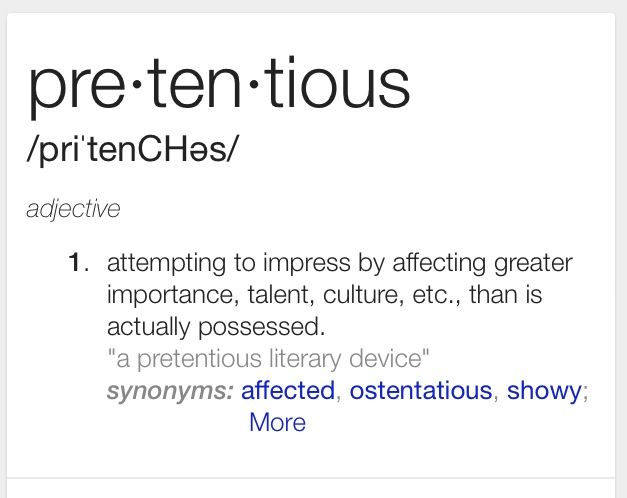 When people talk about California being the largest nut producer in the U.S., they aren’t referring to almonds.
When people talk about California being the largest nut producer in the U.S., they aren’t referring to almonds.
Though California is the largest almond grower in the country. In the world, in fact.
No, the “nut” they’re referring to are the nuts in the legislature.

Specifically, the nuts who are spending their time, and our tax dollars, creating, discussing, debating, sending to committee, amending, discussing, debating, sending back to committee for more discussing, debating, lathering, rinsing, and repeating…
Senate Bill-1305 Emergency medical services providers: dogs and cats: immunity.
Or, as it’s more affectionately known, the “Mouth-to-Snout” bill.

Yes, that’s right.
Mouth-to-snout resuscitation for dogs and cats.
The bill’s purpose is to allow first responders to provide this service. Currently, only licensed veterinarians can perform resuscitation on dogs and cats.
Not all cats, mind you. SB-1305 specifies:
(1) “Cat” means a small domesticated feline animal that is kept as a pet. “Cat”does not include non-domesticated wild animals.
So if a first responder encounters, say, an injured mountain lion, the responder is under no obligation to perform mouth-to-snout on an animal that might misunderstand and rip out the responder’s throat.
OK, I’m being facetious. SB-1305 doesn’t obligate any first responder to give mouth-to-snout to a dog or cat. Instead, it takes a procedure reserved for licensed veterinarians and makes first responders exempt from prosecution, should they voluntarily provide mouth-to-snout on a dog or cat in an emergency situation.
I don’t want to go so far as to say the idea of giving a cat or dog mouth-to-snout is horrifying to me, but…
The idea of giving a cat or dog mouth-to-snout is horrifying to me.
Let’s get real. You are aware of where dogs and cats spend a lot of time licking themselves, right?
 |
 |
But then, I’m not a pet owner. So I can’t identify with the pleasure of knowing my pet just did a thorough crotch cleaning, and is now licking my face.
just did a thorough crotch cleaning, and is now licking my face.
Yum, yum.
To get to the bottom (get it?) of this, I did some research and learned that pet mouth-to-snout resuscitation is taken seriously by organizations including the American Veterinary Medical Foundation, the American Red Cross and many others. The online guidelines include:
- For large dogs: Close the animal’s jaw tightly and breathe into the nose. The animal’s chest should rise. Give two breaths.
- For small dogs and cats you may be able to cover the nose and mouth with your mouth as you breathe. The animal’s chest should rise. Give two breaths.
My responses are:
- No.
- No.

I’m sure the legislators will spend lots more time discussing, debating and et cetera-ing SB-1305 rather than focusing on, for instance, California’s:
- Deplorable infrastructure.
- Widespread immigration challenges.
- Ongoing homeless issues.
In the meantime, I’ll be pondering:
- Does anybody think, if a first responder saves a dog or cat’s life, the pet owner is going to complain it wasn’t “legal”?
- Does anybody think law enforcement officers have nothing better to do than arrest fellow first responders for saving a pet’s life?
- Does any pet owner think, “I’m responsible for my pet, so I should learn how to do mouth-to-snout resuscitation”?
















 Now, the first thing I noticed is that “Creativ” was spelled incorrectly, so I headed for the company’s website and discovered that no – CatalystCreativ is its actual name. I’ll bet that wreaks havoc when they spellcheck!
Now, the first thing I noticed is that “Creativ” was spelled incorrectly, so I headed for the company’s website and discovered that no – CatalystCreativ is its actual name. I’ll bet that wreaks havoc when they spellcheck! Sue: Just that I love working for you, sir, and I love our company. You are a fantastic leader! Can I get you a refill on your coffee?
Sue: Just that I love working for you, sir, and I love our company. You are a fantastic leader! Can I get you a refill on your coffee?


 Necco candy to be exact, including:
Necco candy to be exact, including: that it would have to shut down if it couldn’t find a buyer by May.
that it would have to shut down if it couldn’t find a buyer by May.



 On March 20 I did a blog about receiving an offer in the mail for a “$250 Amazon gift card…just call this number! Limited time offer! Hurry!”
On March 20 I did a blog about receiving an offer in the mail for a “$250 Amazon gift card…just call this number! Limited time offer! Hurry!”






 It seems that back in 2014, your aide, Lauren Greene, leveled accusations against you including that you’d subjected her to sexually suggestive comments and behaviors.
It seems that back in 2014, your aide, Lauren Greene, leveled accusations against you including that you’d subjected her to sexually suggestive comments and behaviors.









 is. How do I know? She has “people”: one person who schedules her book events, another her speaking events, a film agent, a literary agent, a stylist (whatever that is), and more than 50 photos of her badass self.
is. How do I know? She has “people”: one person who schedules her book events, another her speaking events, a film agent, a literary agent, a stylist (whatever that is), and more than 50 photos of her badass self.



 Here’s something else these three women have in common:
Here’s something else these three women have in common:
 Example #2: While Lee is married to Prince Stas, who is unfaithful, and she’s having affairs with Aristotle Onassis and some guy named “Taki.” Onassis is married and also having an affair with opera singer Maria Callas. While Onassis is having affairs with Lee and Maria, he pursues a relationship with Jackie, and eventually they marry. After Onassis dies, Jackie has a long-term affair with married Maurice Tempelsman. I got writer’s cramp trying to keep track.
Example #2: While Lee is married to Prince Stas, who is unfaithful, and she’s having affairs with Aristotle Onassis and some guy named “Taki.” Onassis is married and also having an affair with opera singer Maria Callas. While Onassis is having affairs with Lee and Maria, he pursues a relationship with Jackie, and eventually they marry. After Onassis dies, Jackie has a long-term affair with married Maurice Tempelsman. I got writer’s cramp trying to keep track.



